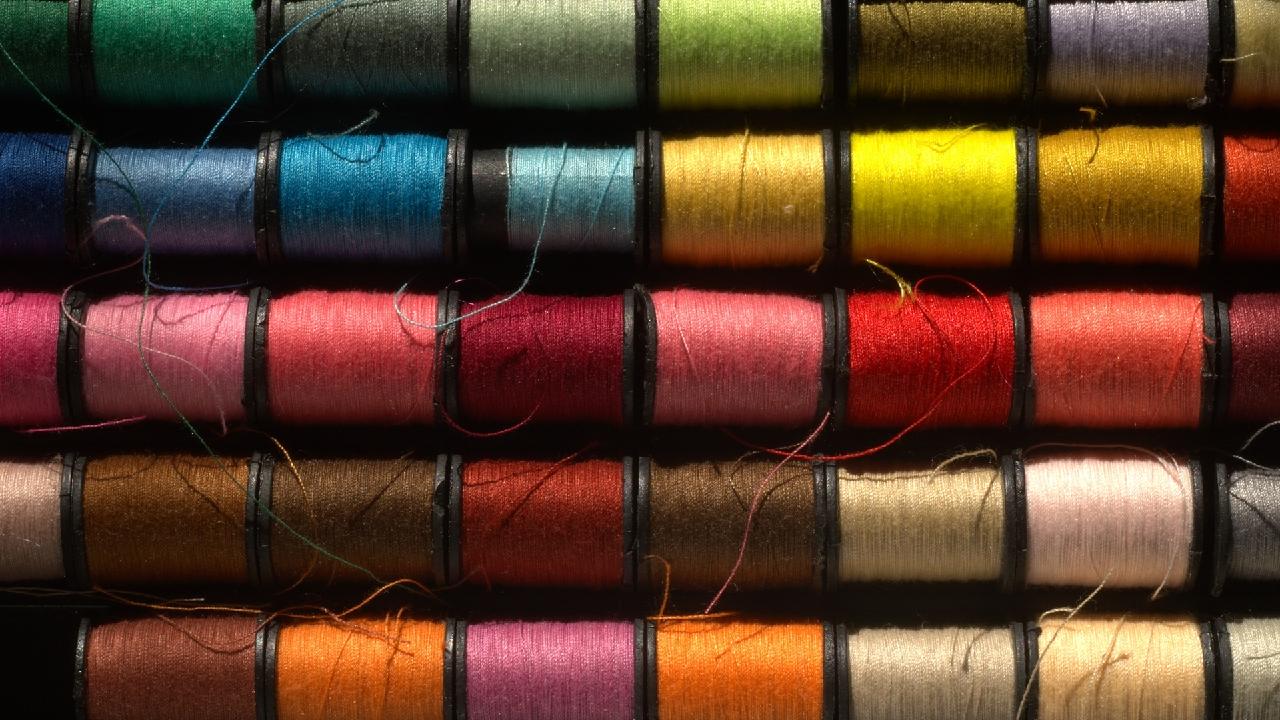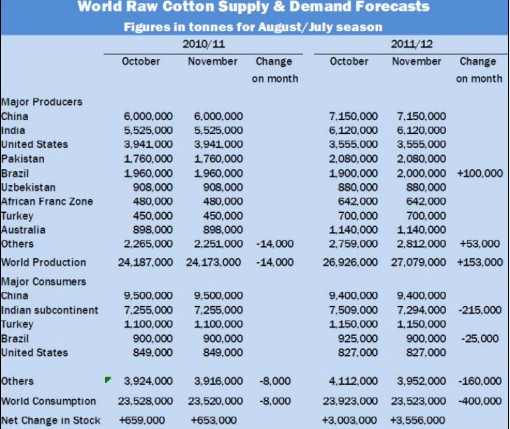|
Various stakeholders in the cotton and textiles industry always seem to be at loggerheads especially when it comes to export of raw cotton or yarn and the India Government who plays the role of the referree sometimes have to take decision to suspend or allow exports which creates resentment in one section of the industry. The decision to allow export of an additional one million bales of cotton this year by the government has not gone down well with the exporters, who termed it too little and too late. In December 2010, when yarn exports were suspended it let to protests from yarn makers. Despite all this turmoil in the Indian cotton industry, TT Ltd, an integrated textiles company has posted an impressive 275% growth annual profits for 2010-11 and continues to move ahead with a Rs 150 cr expansion plan which will make them exit from low value ginning to higher investments in garments, yarn and branded apparel.
At the helm of TT Ltd is 42- year old Sanjay Kumar Jain,Managing Director, a topper at IIM Ahmedabad and winner of Udyog Ratna Award,who feels there is an urgent need for a fibre policy which will help avoid adhoc decisions by the government on export related issues. In an interview to Sreekumar Raghavan of Commodity Online, Sanjay Jain says that there is need for a comprehensive look at policies and strategies if India cotton and textiles industry is to achieve its full potential and catch up with fast growing Vietnam and Bangladesh. Excerpts from interview:
Sreekumar: There is a constant conflict between cotton growers and textiles industry over export of raw cotton. Industry feels exports should be curbed while growers say there is enough supplies and surplus that can be exported? Even the agriculture and textiles ministry don¡¯t see eye to eye on this issue? How do you think this issue can be resolved?
Sanjay Jain: We need a clear Fibre Policy which has been pending for years. This would reduce scope for lobbying and all the players would be clear of course of action. This uncertainity and abrupt decisions is creating chaos. Raw cotton is an agricultural product and hence its has to be treated accordingly as is being done for others like wheat, rice, sugar etc.
SK: TT Ltd has stated that it is a victim of Government policy that suspended yarn exports from December to March and excise duty on domestic garments. Rising domestic, international prices were attributed as reason for suspension of yarn exports. Also government felt there was a tug of war between yarn makers, garment makers on yarn exports issue. What is your view on this?
SJ: Prices should never be a reason for opening or closing exports. The key factor should be availability of the same to the value added industry. When policies are not clear cut, this tug of war and lobbying is a natural phenomenon. The Govt has treated yarn as cotton, however there is a big difference in both - one is a agricultural crop that comes once a year, while yarn is an industrial product and is manufactured 365 days a year. You cannot stop exports of a product whose production is 20% exported for 3 months - does the Government expect domestic demand to grow over night or mills to stock for 3 months and export when the Govt allows ? Their policies created a problem without giving a solution.
SK: TT Ltd has reported a commendable 275% growth in profits and 38% growth in sales through focus on value addition. Could you a bit more specific as to how this achievement was possible?
SJ: This was possible due to the robust demand for textile products globally which lead to handsome run in prices. Further due to focus on value added products basic margins improved leading to better bottom line. TT Brand is a very old brand, we have started feeding it aggressively by increasing advertisement and product range. The fruits of the same will start showing with time and leading to more brand power and margins.
SK: You are exiting from low value ginning business to yarn, garments, branded products with a Rs 150 cr expansion plan. However, entering the huge market for branded apparel does have its own risks and challenges? What is your view on this and is TT Ltd sufficiently geared up to face the outcome?
SJ: We are not new to this branded apparel market. Our brand is a very old one and has high recall value. However it wasnt getting feeded properly for the last few years and hence growth was slow. The domestic market is growing fast, and consumption is expected to grow by 10-15%. Fighting in a growing market is much easier than doing so in a stable or shrinking market, as opportunities are much more. In my opinion the risks are lower as this market isnt prone to commodity or foreign exchange risk. Further capital requirements are low - the only risk is "how much can we grow ?"
SK: India textiles industry gets the TUFS funding for up gradation of technology but isn¡¯t still technologically competitive while as a raw cotton producer, it is still struggling to ensure high yielding BT cotton seeds to farmers and more time gets spend on deciding what quantum of cotton or yarn to export. Do you an integrated approach to cotton production and textile industry is required?
SJ: A very relevant question and in a way you have given the answer too. Yes we need a wholistic approach and need to re-look at our policies and strategies. We have not managed more than 5-6% growth in last few years despite dismantling of quota and TUF. Countries like Vietnam and Bangladesh are growing much faster and we are finding it difficult to compete with them in the export market. We need to have a hard look at our factors of production and make corrective at each step to become a world power. It is unfortunate that despite being so competitive in cotton and yarn, we are losing out to countries who dont have any cotton of their own.
SK: If India is to become a global leader in textiles considering the fact that it has already the vital ingredients including supply of raw cotton, polyester, yarn, a robust spinning industry, what more loose ends have to be tied up, in your view?
SJ: We need to work hard on skilled & productive labour, economical and good supply of power, good management practises and bringing down processing costs. Further we need to develop clusters with world class infrasturcture and a flexible labour law to move ahead.
|
|
India needs a fibre policy to avoid adhoc decision making
Updated: 2011-6-13 Source: www.commodityonline.com

Recommended News
Photo Gallery
Most Popular



